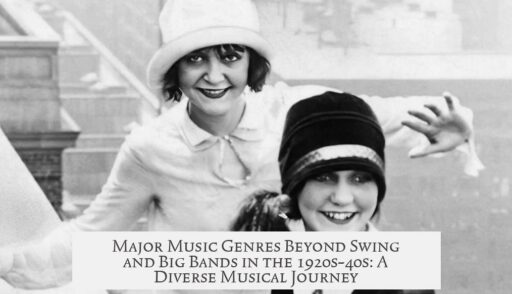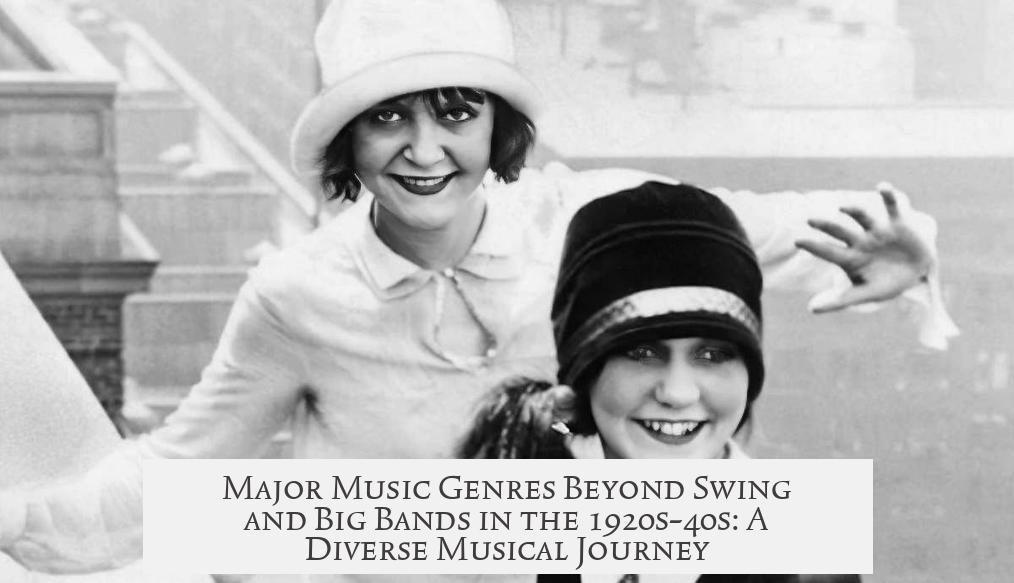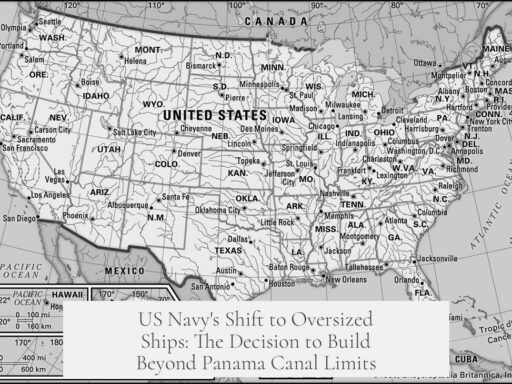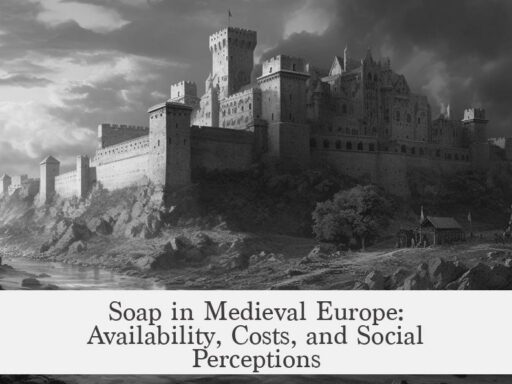Besides swing and big bands, major popular music genres in the 1920s-40s included Western concert (classical) music, dance music, religious music, folk music, blues and early jazz, and popular vocal or pop music.
Western concert music, commonly known as classical music, was prominent on many radio broadcasts. Renowned composers like Dmitri Shostakovich, Igor Stravinsky, Béla Bartók, and Maurice Ravel were active during this period. Their compositions shaped much of the cultural soundscape outside popular dance trends.
Dance music of the era featured styles such as waltzes and polkas. These genres provided rhythmic and melodic entertainment distinct from the big band swing style. Dance halls and social gatherings often highlighted these traditional forms of music.
Religious music held a place with hymns and spirituals. These genres reflected cultural and communal expressions, playing an important role in both worship and social functions.
Folk music was also significant, particularly folk traditions from the United States and the United Kingdom. This music often included both instrumental and vocal pieces rooted in regional stories and customs. It did not generally include world music genres.
Blues and early jazz, before the rise of swing, remained vital especially in Black communities. Due to pervasive racial barriers, this music saw limited radio exposure unless adapted by white artists or altered for mainstream audiences. These genres laid the foundation for the later widespread popularity of swing.
Popular vocal or pop music featured artists such as Guy Lombardo, Rudy Vallee, Bing Crosby, and composers like Irving Berlin. Songs like “Swanee River” and “Cheek to Cheek” captured public interest. These vocal-driven pieces bridged traditional and modern styles in an accessible form for listeners.
| Genre | Key Details |
|---|---|
| Western Concert (Classical) | Active composers: Shostakovich, Stravinsky, Bartók, Ravel; prominent on radio |
| Dance Music | Waltzes, polkas; popular in social dances |
| Religious Music | Includes hymns and spirituals; integral in worship |
| Folk Music | US and UK folk traditions; vocal and instrumental |
| Blues & Early Jazz | Predominantly Black communities; limited early radio presence |
| Popular Vocal/Pop | Artists: Lombardo, Vallee, Crosby; songs like “Cheek to Cheek” |
- Classical music was a dominant radio genre with major composers active.
- Dance styles like waltzes and polkas remained popular outside swing.
- Religious music played a key part in cultural life.
- Folk music from the US and UK featured prominently in the traditional scene.
- Blues and early jazz had significant influence despite limited exposure on mainstream radio.
- Popular vocal music bridged traditional and modern audiences effectively.
Beyond the Swing and Big Bands: Exploring Other Major Popular Music Genres of the 1920s-40s

So, besides those foot-tapping swing and big band tunes, what major music styles filled the airwaves in the 1920s to 1940s? The answer might surprise you. While swing and big band jazz certainly dominated the dance halls and radios, the era teemed with rich and diverse genres—from classical masterpieces to heartfelt folk tunes.
Let’s dive into these less flashy but equally influential genres shaping an intricate musical mosaic during this fascinating era.
Western Concert Music: Classical Tunes Invading Radio Waves
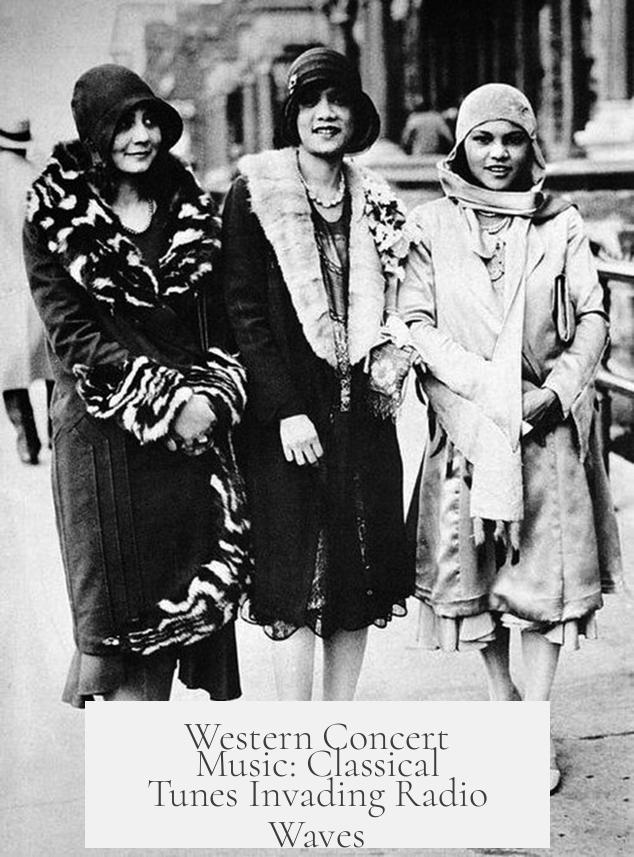
Believe it or not, a significant chunk of music broadcast on the radio between the 1920s and 40s was classical. We often think of classical music as fancy, old-fashioned, and confined to concert halls. But back then, it was a radio staple. Pieces by renowned composers like Dmitri Shostakovich, Igor Stravinsky, Béla Bartók, and Maurice Ravel often graced the airwaves.
Imagine tuning in and hearing bold new compositions—sometimes modern, sometimes melodic—that transported listeners from New York apartments to Russian ballrooms. This genre offered a sophisticated musical palette, bridging traditional concert music and emerging modernist tendencies. For many, classical music was a form of enrichment and escape, providing depth amid the lively jazz and pop scene.
Dance Music: Waltzes and Polkas Keeping the Party Going
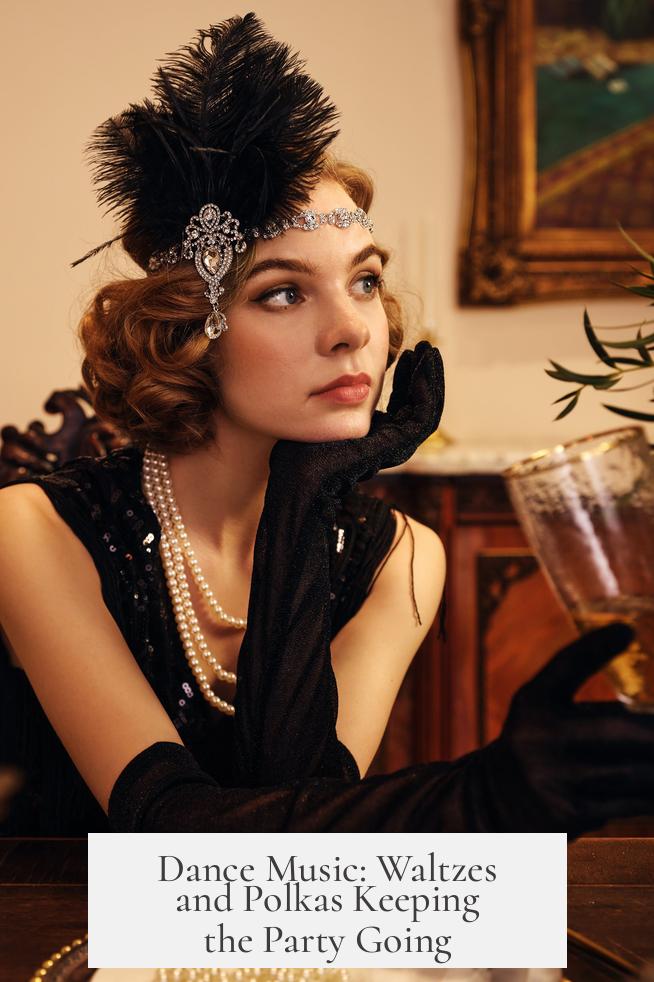
Aside from classical and jazz, dance music held a special place in the 20s and 30s. Waltzes and polkas were not just relics from European ballrooms but active parts of popular dance culture. These rhythmic, elegant tunes kept feet moving at social events across the US and UK.
Though perhaps less flashy than swing, these dance genres brought a comforting, familiar structure to many gatherings. They created a bridge between old-world traditions and new American social dances. Their popularity speaks to the diverse tastes of the era’s audiences, who craved both novelty and nostalgia.
Religious Music: Hymns and Spirituals Adding Soulful Depth
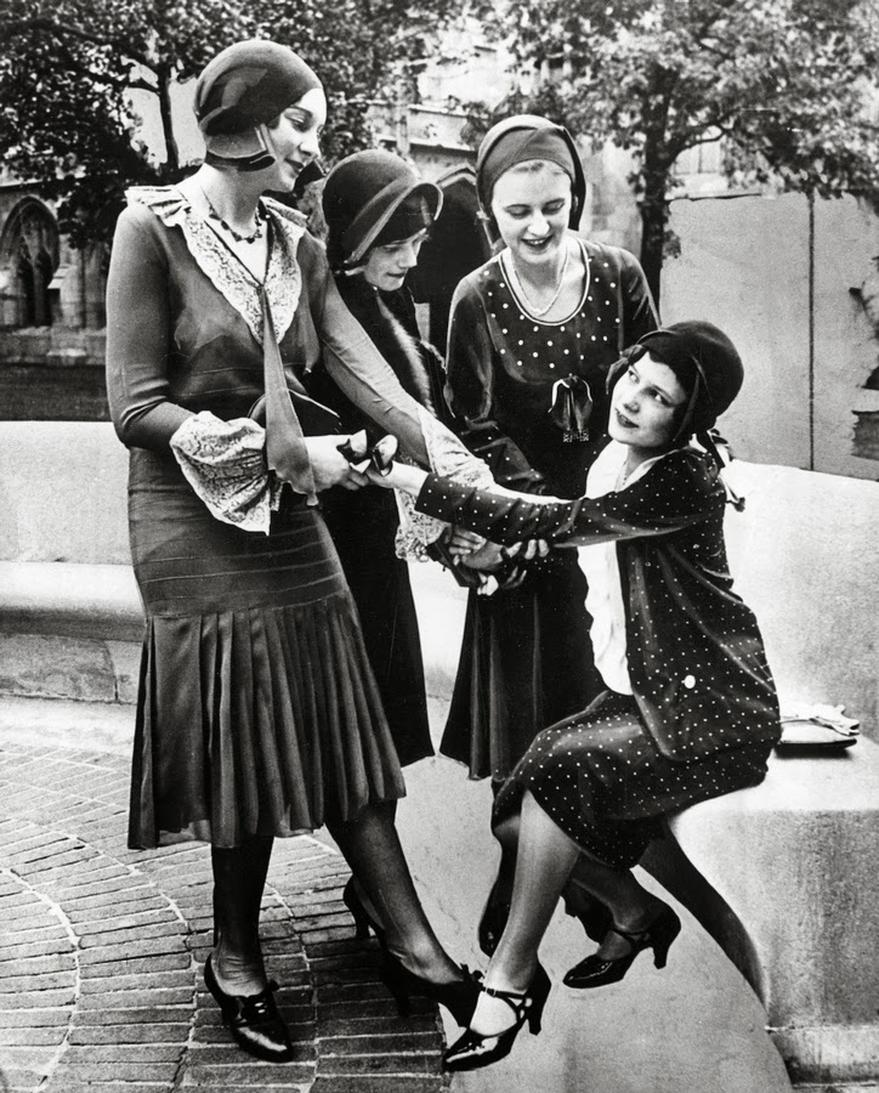
Religious music, often overlooked in discussions of 20th-century popular music, played a notable role. Hymns and spirituals alike connected people to their faith and cultural roots. For Black communities especially, spirituals served as powerful expressions of hope and resilience during times of social oppression.
This music wasn’t just confined to churches. Its influence rippled out to secular audiences through oral traditions and sometimes radio broadcasts. The spiritual intensity of these genres enriched the musical landscape, adding emotional and cultural layers beyond entertainment.
Folk Music: Authentic Voices from the US and UK
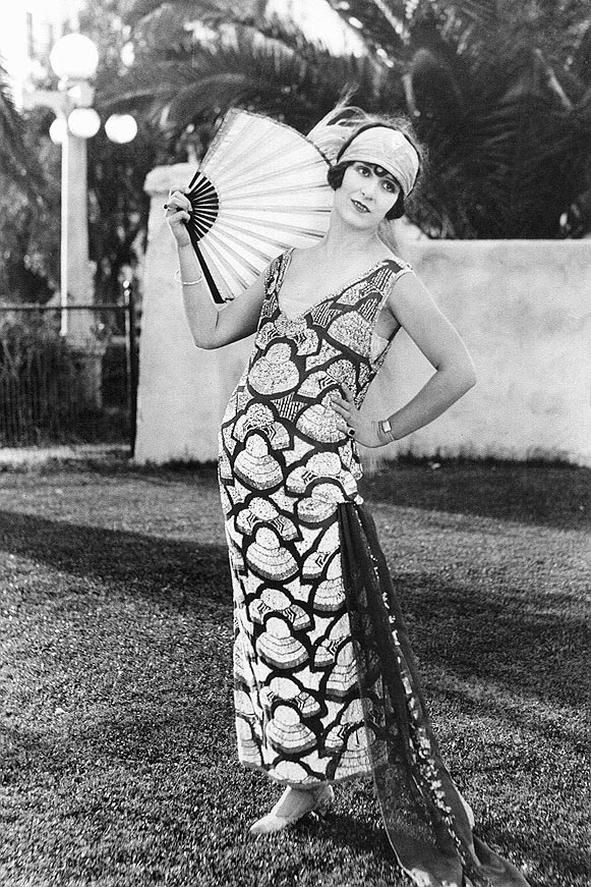
Ask yourself: what do “folk music” and America in the 1920s have in common? Quite a lot. Folk music from the US and UK offered sincere stories and melodies that reflected daily life, struggles, and celebrations. This genre steered clear of the commercial glitz, embracing authenticity and regional identity.
Unlike world music, which the era largely excluded from popular consideration, American and British folk tunes remained central to their cultures. Vocal ballads, instrumental reels, and simple narrative songs helped preserve historical and social narratives. They became building blocks for later genres like country and Americana.
Blues and Jazz (Pre-Swing): The Roots of a Revolution
Before swing’s rise in the 1930s, blues and early jazz dominated Black communities and shaped America’s musical identity. These genres were raw, expressive, and innovative, laying the groundwork for swing and big band styles. Yet, despite their cultural richness, racial barriers limited their presence on mainstream radio.
In fact, much of this music only reached white audiences after being “gentrified” or performed by white artists. This reality underscores a sad but important truth about music history: even thrilling art forms struggle against bigotry and social injustice.
Still, blues and early jazz remain pillars of 20th-century music, influencing countless artists and genres worldwide.
Popular Vocal and Easy Listening Music: The Sing-Along Stars
Somewhere between emotional earnestness and catchy melodies stood popular vocal music. Think Guy Lombardo’s orchestras, Rudy Vallee’s crooning, Bing Crosby’s smooth voice, or Irving Berlin’s addictively tuneful songwriting. Songs like “Swanee River” and “Cheek to Cheek” topped charts and charmed listeners from ballroom dancers to radio fans.
This genre was the soundtrack for many Americans’ everyday lives, providing both comfort and entertainment amid economic hardship and global tension.
Why Does This Matter? The 1920s-40s Musical Landscape Was Multifaceted
Understanding these genres reveals a richer picture of musical culture during an iconic era. Sure, the rhythms of swing and glitz of big bands grabbed the spotlight, but a full spectrum of styles resonated across communities and radios.
- Classical music showcased compositional genius and artistic sophistication.
- Dance music connected generations to tradition and celebration.
- Religious songs brought spiritual grounding and cultural identity.
- Folk tunes preserved regional stories and voices.
- Blues and pre-swing jazz offered roots of soulful innovation despite racial challenges.
- Popular vocal music united listeners with charismatic performers and relatable lyrics.
Each genre provided unique pleasures and perspectives. They reflect cultural diversity, social struggles, and artistic exploration prior to and during swing’s reign.
Wrapping It Up: More Than Just Swing and Big Bands
So next time you think about 1920s-40s music, don’t just picture jitterbugging dancers and shiny brass sections. Imagine the grand halls where Ravel’s compositions were broadcast. Picture family gatherings humming folk ballads, church pews filled with hymns, or smoky clubs pulsating with rootsy jazz.
This era’s musical tapestry is intricate and colorful. It’s proof that popular music, then as now, is far from one-dimensional. These genres shaped future music, inspired musicians, and narrated the complexities of their time.
Curious to explore more? Dive into recordings by these composers and artists. Listen to radio archives, folk anthologies, or early blues collections. The musical journey beyond swing and big band jazz rewards with discovery and insight.
After all, history isn’t just about the loudest sound—it’s about every note that helped build the soundtrack of modern life.
What classical composers were popular besides swing and big band music in the 1920s-40s?
Composers like Dmitri Shostakovich, Igor Stravinsky, Béla Bartók, and Maurice Ravel were very active. Their Western concert music was common on radio broadcasts during that time.
What types of dance music were popular alongside swing and big bands?
Dance music included styles like waltzes and polkas. These were often heard in social dance settings and on the radio, offering a different musical flavor from swing.
How did blues and jazz fit into the popular music scene before swing became dominant?
Blues and jazz were strong in Black communities mainly in the 1920s. But due to racial barriers, Black artists had limited radio exposure unless their music was altered for white audiences.
Was folk music part of the popular genres during this era?
Yes, mainly folk music from the US and UK was popular. This included vocal and instrumental folk but did not include world music at that time.
Which popular vocal or pop artists were well-known besides big bands?
Artists such as Guy Lombardo, Rudy Vallee, Bing Crosby, and Irving Berlin were famous. Songs like “Swanee River” and “Cheek to Cheek” were also very popular.
